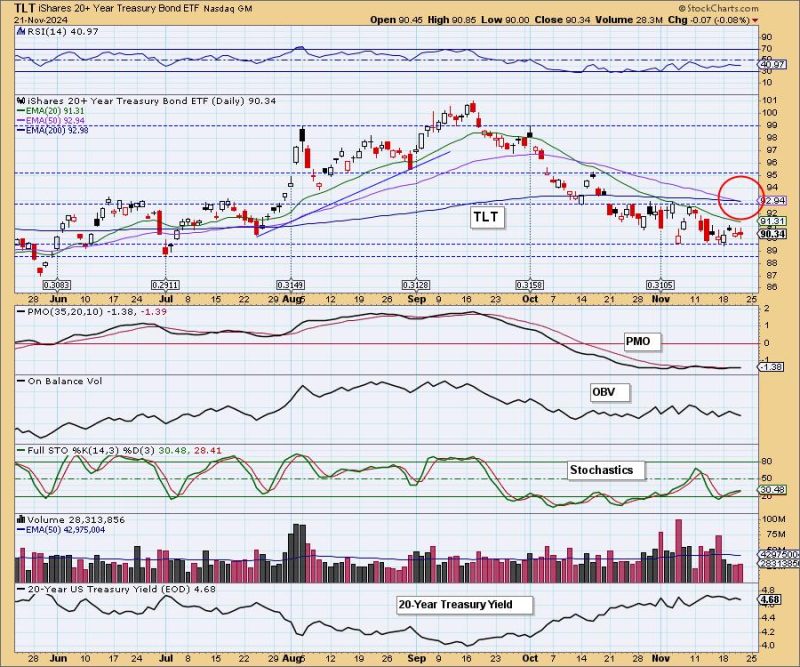The death cross is a key technical indicator that traders often watch with anxiety, while investors accustomed to long-term investments often view it with trepidation. Notably, this frightening term originated from the world of financial markets and is primarily associated with alarming situations. When bonds receive a death cross sell signal, it signifies a period of potential intense selling activity and often precedes a substantial bearish downturn in the market.
The death cross on bonds is a technical pattern indicating the possible advent of a major sell-off. It appears on a graph when a short-term bond’s yield curve, often the 50-day moving average, cuts the long-term yield curve, usually the 200-day moving average, downwards. This downward intersection is what gives the death cross its ominous name.
One of the primary reasons many investors lend credence to this technical indicator is its historical track record. It has proven to echo significant downturns in different markets, including bonds. Furthermore, the death cross is not just a one-off event but rather a sign of longer-term market sentiment changes. It represents a condition where the market for bonds turns from a ‘bull market’ environment of increasing prices to a ‘bear market’ of falling prices.
Moreover, the death cross isn’t strictly a precursor to negative situations. The sell signal can also present opportunities for savvy investors. For instance, short sellers, who aim to profit from declining prices, may see this as the prime time to enter the market. It’s a chance for them to sell bonds at current higher prices in anticipation of buying them back later at considerably lower costs.
However, the notion of the death cross as a sell-off signal is not without its critics. Some market observers argue that this pattern often arrives too late, only coming into view after a market downturn has already begun. For instance, by the time the 50-day moving average has moved beneath the 200-day moving average, a significant portion of the decline has already occurred.
Critics also question its reliability, noting that although a death cross does indicate the possibility of a major sell-off, it is not always accurate. They argue that the sell signal failed to predict some past downturns, while in other instances, it misguidedly predicted crashes that never happened. Hence, any decision based solely on the death cross’s indication is likely to involve an elevated level of risk.
Furthermore, not all death cross-induced sell-off signals apply to every investor’s needs. An investor’s individual circumstances, risk tolerance and investment timing can significantly affect whether the signal is relevant to them. Therefore, it is crucial to consider personal financial goals and the broader economic landscape.
In conclusion, the appearance of a death cross in bond investments is a noteworthy event. It’s a signal that warrants caution and incites measures to safeguard portfolios or even uncover potential opportunities. As a dynamic backdrop to financial trading, investors would usually interpret a death cross sell signal as a wake-up call to reassess and, if needed, reshuffle their bond investments strategically. Nevertheless, like all financial indicators, the death cross should be seen as a tool, not a prophecy. It serves as an alert, not an irreversible verdict and should be used in conjunction with other market analysis tools to make well-rounded investment decisions.




